|
|
Calibrating Panasonic AE4000 using its Color Management System (CMS)
I think it is worth for me to share my experience in calibrating the Panasonic AE4000 using its Color Management System (CMS) with a color sensor (“Spyder3TV” colorimeter) and calibration software (the free “ColorHCFR”). Although many of you may not want to spend the money (in fact, not much) and the time (in fact, VERY much) to do video calibration by yourselves, but it’s interesting to know the improvement that you can get out of a full calibration of AE4000. By “full calibration”, it means:
(1) proper setting of Brightness (black level), Contrast (white level), and Sharpness – the very basic basic steps (which only requires some proper calibration patterns – not even a color sensor and software);
(2) grayscale (or “color temperature” / “white balance”) @ D65 – which is the foundation for correct colors;
(3) gamma (flat @ 2.2 for 10%-90%) – which has a great influence on the perceived image depth; and
(4) color gamut (matches as closely as possible to Rec. 709 HDTV standard).
I calibrated the “Cinema 1” picture mode of AE4000, primarily for watching blu-rays using Sony’s S360 BD player, and watching TV using Magic TV’s MTV3500 (both connect to Onkyo 3007 and then to AE4000). For the blu-ray player, I used the AVSHD 709 calibration patterns:
http://www.avsforum.com/avs-vb/showthread.php?t=948496
For MTV3500, I transcoded the calibration patterns from .mp4 format into .ts files using MediaCoder so that they can be loaded into the MTV3500 for playback.
Before I performed any calibration on the AE4000, the “Cinema 1” picture mode does not appear as excellent as I wish (although the image looks quite good, esp. when watching blu-ray movies). Measurement by color sensor showed that color temperature varies between 9000K – 9500K across the grayscale, gamma drops from 2.0 (@10%) to 1.74 (@90%), and color gamut is much larger than the Rec. 709 standard (very off – which is not a good thing). Before the measurement, I had already noticed the image was quite “off” (so that’s why I started off my “lengthy”, but interesting, projector calibration by color sensor), but I was still very surprised when the measured numbers were so ugly on paper.
Taking the calibration for watching HDTV as an example (i.e. calibrating the signal chain “MTV3500 -> Onkyo 3007 -> AE4000”). After correction was made to the grayscale (D65) and the gamma (2.2 across the board), here is the measurement result:
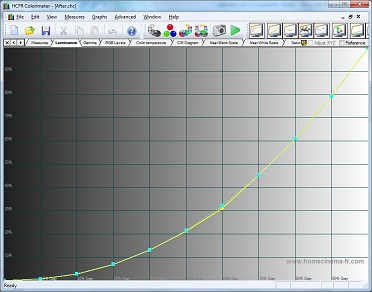

The next step is to correct the color gamut of “Cinema 1”. Before the CMS was used to adjust the color gamut, the main Color control was set to where the Red’s brightness is 21% of peak white’s brightness; and the main Tint control was set to where the Red & Green components of the Yellow color is balanced – these two techniques were used to achieve a more natural human skin tone. The measured color gamut looks like this:
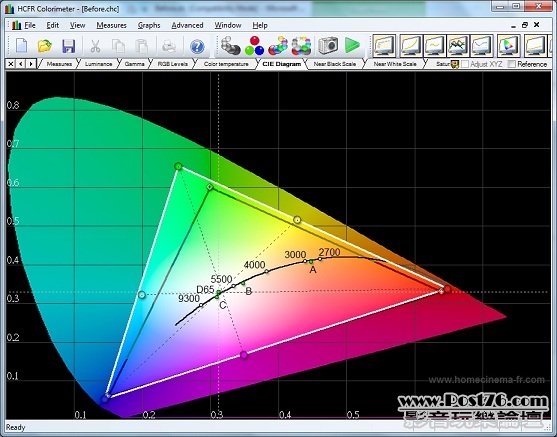
Here is another view, which shows measurement for various saturation levels (0%, 25%, 50%, 75%, and 100%) of all the six primary and secondary colors:

To be perfect, all the measurements (the “dots”) should align with the references (the “crosses”). Note that how “off” the dots were at various saturation levels of colors.
As shown below, the brightness of the colors was also far from ideal (dotted lines represent the reference):
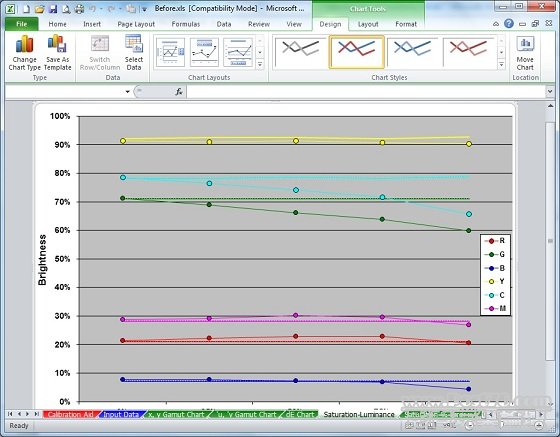
Green and Cyan are the worst – they’re dropping rapidly when colors get more saturated.
After a full calibration was done using its CMS, the color gamut becomes much much much better now:
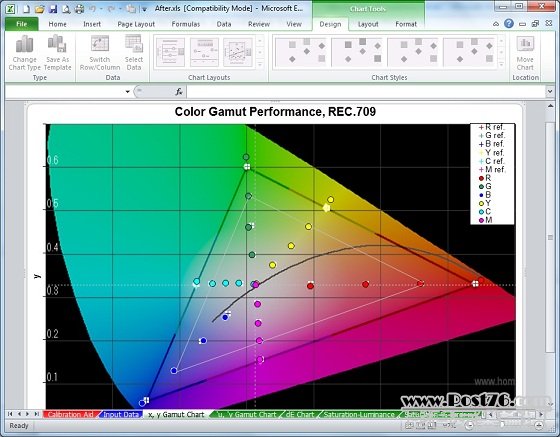
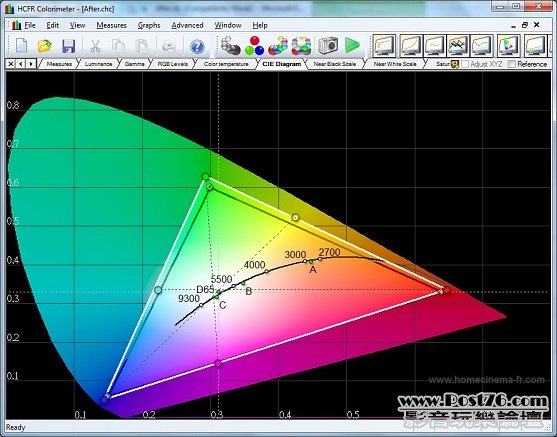
A little bit over-saturated gamut at 100% level is unavoidable because it is the only way in AE4000 to properly calibrate the three aspects of colors (Saturation, Hue, and Brightness) for the saturation levels of 0%, 25%, 50%, and 75% (note how nicely the “dots” representing these levels align with the “crosses”). So there is a little compromise for colors over 75% saturation – but this compromise is worthy in order to make a lot of colors (those less than 75% saturation level) match closely with the Rec. 709 standard.
How about the color brightness?
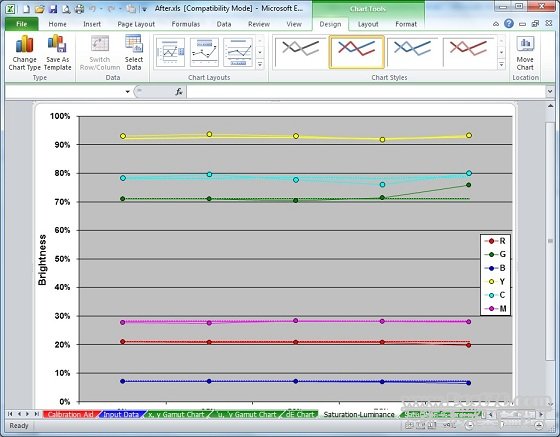
Not bad (except for the Green’s brightness @ 100% saturation level).
The improvement to picture quality by such a full calibration of AE4000 using its CMS is amaaaaaaazing! I can’t believe the image projected from it can be sooooo real, esp. for blu-ray movies and some properly produced HDTV programmes (e.g. “水滸傳”, “為食總司令”, etc. from HD Jade). Now I understand what it means by “looking through a window”. Every object has realistic colors – no matter it’s human skin, wooden table, brick ground, rocks, buildings, trees, grass, sky … everything. It is a natural outcome if the projected colors match very closely with the standard (i.e. Rec. 709 standard for HDTV), and with a properly calibrated grayscale and gamma.
Here are some examples of projected images after a full calibration of AE4000 was done. I’m using 80” 16:9 OS Pure Mat II Plus screen. I had turned off Dynamic Iris all the time (proper calibration of projector doesn’t need this). The photos are shot using my Sanyo Xacti HD1A camera (5 mega pixels). Editing of the photos is limited to cropping and resizing them for the purpose of uploading.
高清翡翠台 –“水滸傳”:
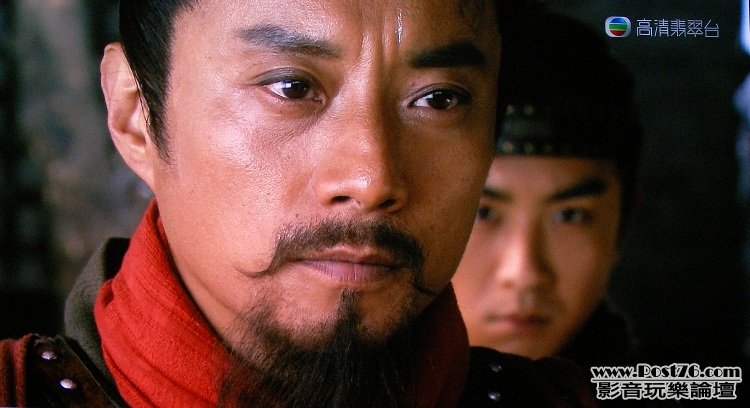
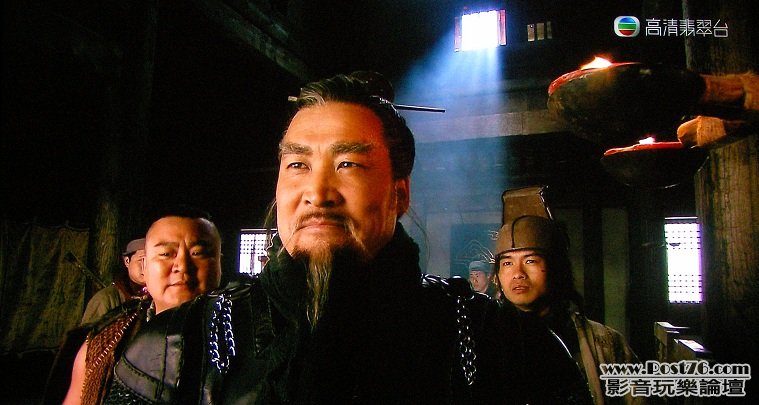
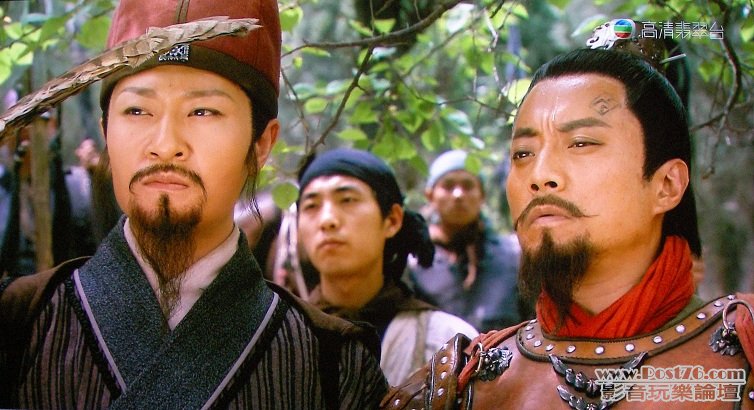
高清翡翠台 –“為食總司令”:




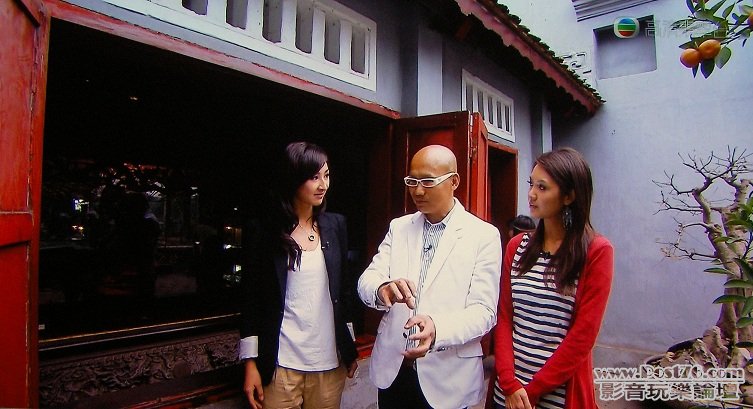

高清翡翠台 –“新聞報告”:
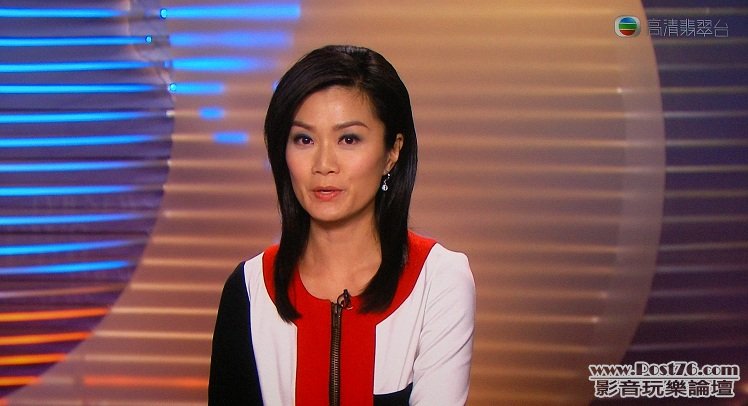
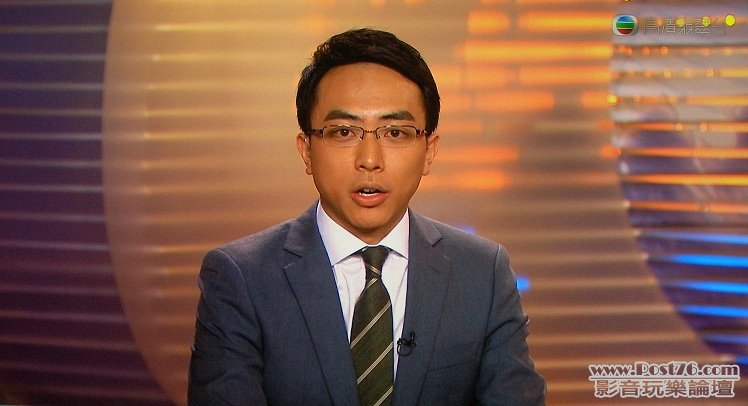
Blu-ray movie – “關雲長”:
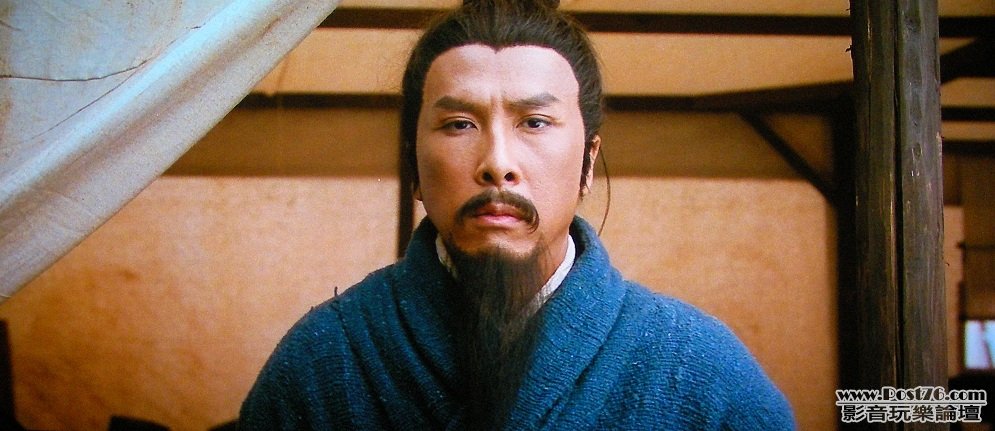
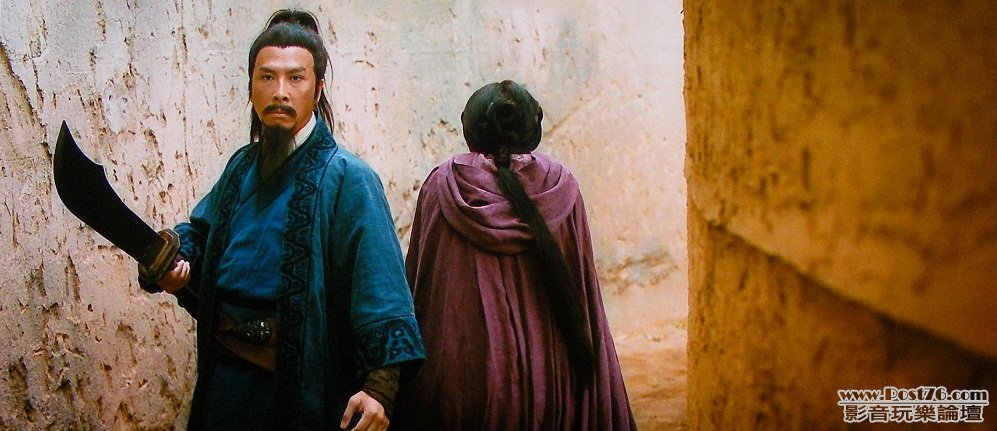
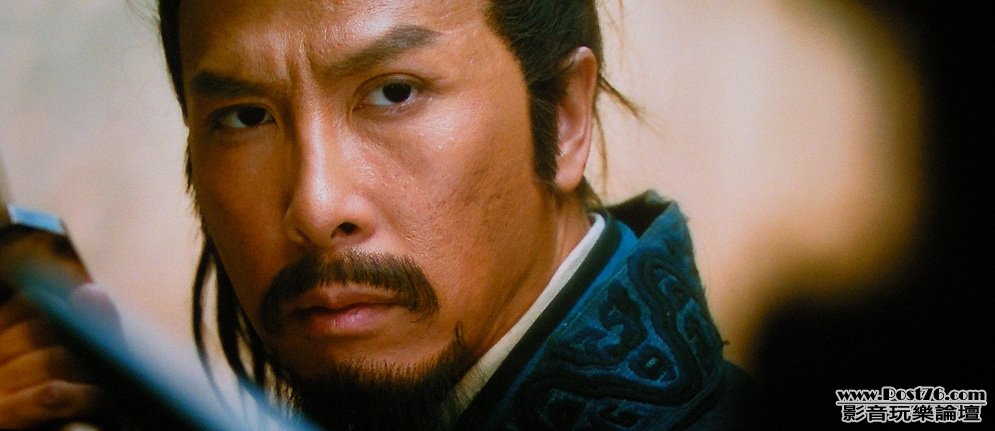
Hope you find this post interesting and can raise your interests on video calibration, esp. the result produced by a proper CMS calibration.
Sorry for such a long English post. I’m not used to Chinese typing. |
評分
-
查看全部評分
|